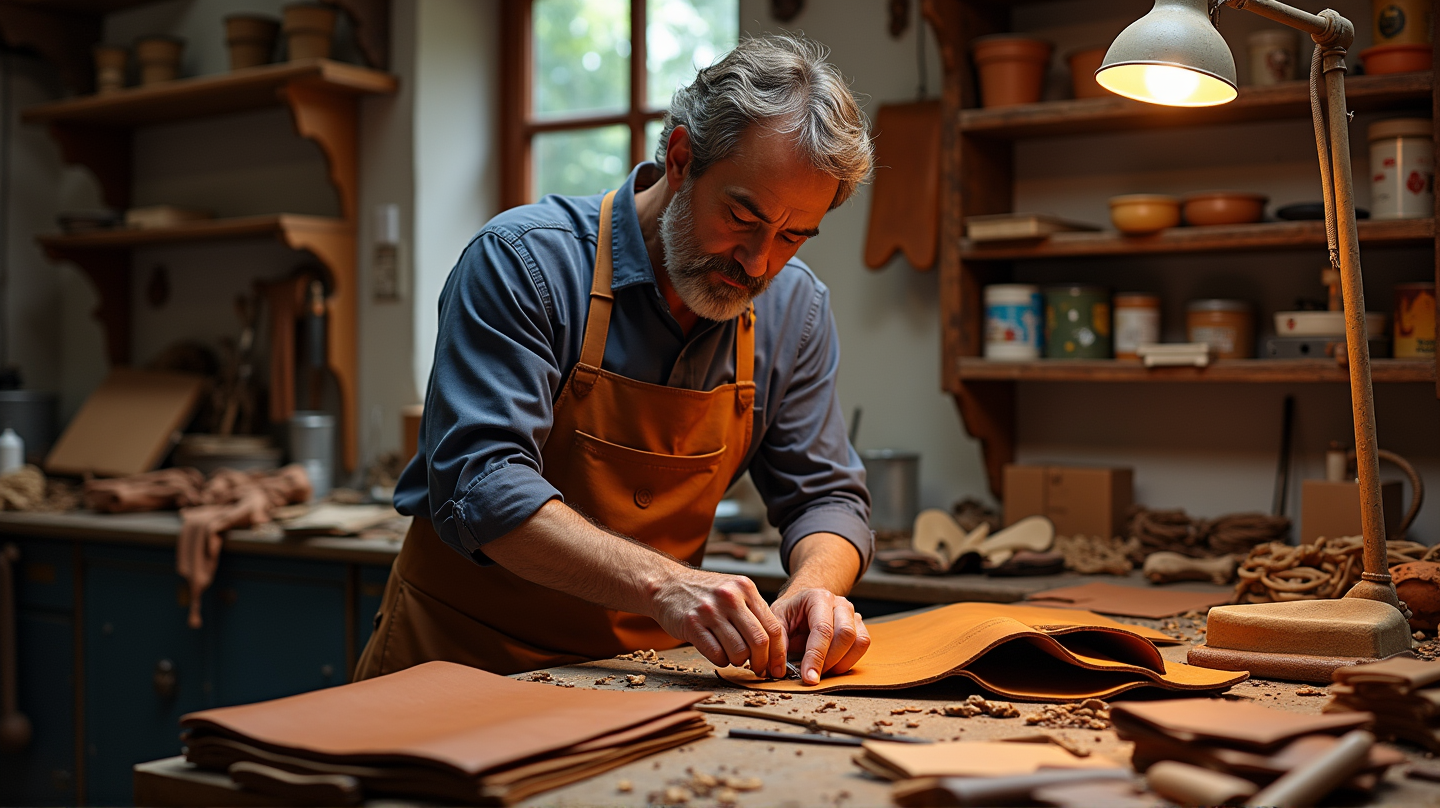Artisan Clusters in Peril: European Luxury Goods Face New Tariff Challenges
How trade tensions reveal the hidden artisanship behind Europe's luxury goods, and why it’s more critical than ever.

Introduction: A Shifting Landscape
Under the sunshine of Ubrique, Spain, lies a hidden network of artisans whose craftsmanship is woven into the fabric of luxury brands like Chanel and Louis Vuitton. But today, these world-renowned goods face a challenge: President Trump’s recently threatened 50% tariffs on European imports. According to Mint, the very foundation of Europe’s luxury goods industry is being scrutinized.
The Heart of Spanish Craftsmanship
In Ubrique, locals have been living off leather for generations. By the early 19th century, this quaint Spanish town was bustling with leather craftsmen, supported by local tanneries and logistics hubs. However, the allure of producing garments with a distinctly European heritage might soon fade if production shifts stateside. Will an Italian Gucci bag truly be the same if crafted beyond its native soil?
The Face of Employment: Economic Impact
Europe’s luxury brands rely heavily on the heritage and quality that regions like Ubrique offer. Yet, tariffs may lead companies to rethink the production model. If tariffs become a reality, it may create ripples through these maritime clusters, altering the lives of those like José Antonio Bautista, who has witnessed firsthand the dependence on leather craft in his town.
Global and Economic Challenges
Brand giants like LVMH and Louis Vuitton are troubled by a possible need to expand American production, despite European origins providing an intrinsic value. These clusters are delicate ecosystems; once disrupted, they aren’t easily resurrected. The charm of Europe’s breathtaking leather goods extends beyond the tags – it’s a symphony of artisanship passed down through generations.
Conclusion: Balancing Price and Prestige
The trade war has ignited debates around the real value in high-end luxury. Is the Made in Europe label still worth its weight in gold, or are high tariffs the straw that will break the industry’s back? The future remains uncertain, but one thing is clear: Europe’s artisanal clusters strive to maintain their reputation and quality amidst one of the most significant economic challenges they have faced in years.





